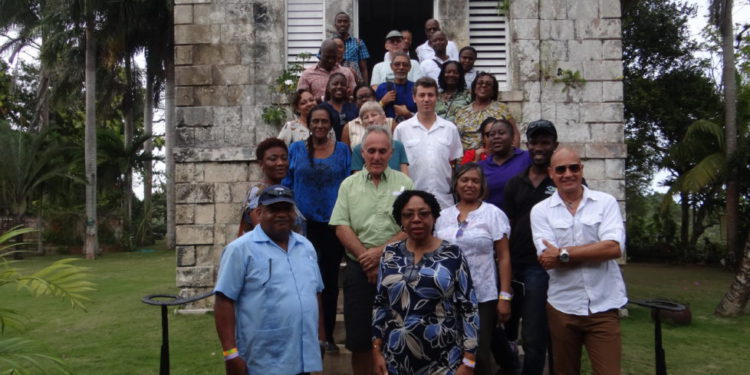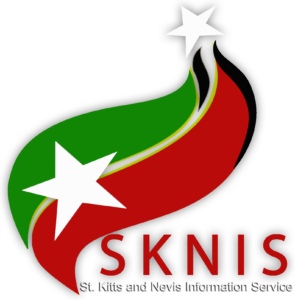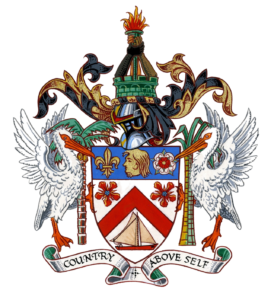Basseterre, St. Kitts – March 27th, 2018. The opening ceremony for the Caribbean Small Island Developing States – Roadmap to Biosphere Nomination Sub-regional MAB Workshop was held on Monday, March 19 at The Jamaica Pegasus hotel in New Kingston.
Activities over the four days included presentations by UNESCO experts, country presentations on proposed sites for biosphere nomination, preparation of the nomination dossier, and a tour of the Cockpit Country. The workshop concluded on Thursday March 22nd, 2018. Ms. Markysa O’Loughlin, MAB Coordinator for St. Kitts and Nevis, presented the St. Mary’s Biosphere Reserve (SMBR) as a Case Study to participants.
As part of the nomination process, Jamaica hosted a four-day workshop, which comprises representatives from the island, Guyana, Suriname, St. Kitts and Nevis, Belize, Curaҫao, and Sint Maarten. Coming out of the workshop, three countries will be selected to submit nominations to UNESCO by September of this year to establish biosphere reserves. These will be added to the World Network of Biosphere Reserves (WNBR).
MAB Coordinator, Ms. Markysa O’Loughlin said, St. Kitts and Nevis leads in establishment and management of a biosphere reserve as a part of the Government’s commitment to environmental sustainability.
She expressed great confidence in the capacity-building opportunities arising from the workshop to expedite the establishment of the reserves across the region.
“I was pleased to share and learn from my colleagues across the Caribbean. This programme matters to each of us because of our high vulnerability to extreme weather patterns as Small Island Developing States. Biosphere Reserves also serve as an excellent model for land use planning and a mechanism to economically empower our people in a way that is environmentally sustainable.,” she commented.
Biosphere reserves are terrestrial and coastal areas that promote sustainable development and act as learning sites where new and optimal practices to manage nature and human activities are tested and demonstrated, which will also be used by UNESCO as tools for innovative projects to add value to local socio-economic activities. The UNESCO MAB programme combines the natural and social sciences, economics and education to improve human livelihoods while safeguarding natural and managed ecosystems to promote economic development that is environmentally sustainable.
The UNESCO SMBR is the only Biosphere Reserve in the English-Speaking Caribbean. It encompasses the communities of Canada Estate, Keys, Cayon and Ottleys, representing a population of 4,000 residents. The St. Mary’s Biosphere Reserve has three interrelated zones that aim to fulfil three complementary and mutually reinforcing functions:
- The core area(s) comprises a strictly protected ecosystem that contributes to the conservation of landscapes, ecosystems, species and genetic variation.
- The buffer zone surrounds or adjoins the core areas and is used for activities compatible with sound ecological practices that can reinforce scientific research, monitoring, training and education.
- The transition area is the part of the reserve where the greatest activity is allowed, fostering economic and human development that is socio-culturally and ecologically sustainable.
For more information: www.stkittsnevisbiosphere.org and Facebook/Instagram/Twitter – @sknbiosphere.










